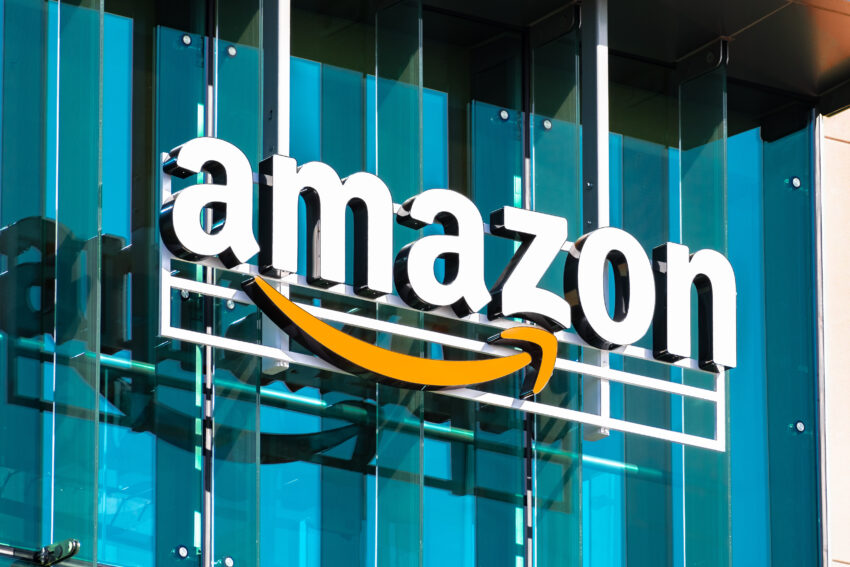Europe’s pharmaceutical industry is at a crossroads
As discussions on the General Pharmaceutical Legislation come to a head, Europe faces two choices: becoming a leader in innovative research, development and manufacturing, or losing its global standing.
Imagine a Europe at the cutting-edge of research, development and manufacturing. Where patients have access to the latest vaccines and treatments, first. A Europe with confidence in its resilience, health and economic security. The General Pharmaceutical Legislation (GPL) is one important step in realizing that vision. Get it right and we can begin to rebuild Europe’s life science eco-system. Get it wrong, and we risk accelerating the loss of research, development and manufacturing to other regions of the world.
It’s hard to miss the irony that almost nine months from Mario Draghi urging Europe to catch up with other regions by implementing a coordinated industrial policy or face a ‘slow agony’, our industry is nervously anticipating decisions that could, at best, maintain the same incentives framework that has seen our share of global investment decline over the last 20 years. The GPL offers some hope to up Europe’s game with a future-proof regulatory framework and new tools to tackle antimicrobial resistance. This does not sound like the recipe for European success … yet.
Fierce competition from the US and China
Whatever the geopolitical situation today, Draghi’s conclusions echoed numerous warnings highlighting Europe’s decades-long decline in life sciences.
Since the legislation was last addressed in 2004, Europe has lost a quarter of its share of global R&D investment. And its share of global trials has halved, resulting in 60,000 fewer clinical trial places available for Europeans.
Concurrently, spending on pharmaceutical R&D in China has grown almost five times faster than in Europe. China has doubled its number of commercial clinical trials since 2018; it now accounts for 18 percent of the global share. Their recent adoption of a proposal to introduce Regulatory Data Protection (RDP) signals China’s efforts to attract investment in R&D for innovative medicines. A step likely to be even more effective if Europe were to move in the opposite direction.
Just 30 years ago, one in two new medicines originated in Europe, now it is just one in five. This is hardly a surprise given that the US went from spending €2bn more than Europe to spending €25bn more today over the same period.
Just 30 years ago, one in two new medicines originated in Europe, now it is just one in five.
Proposals to shape the future
Since the framework was first introduced over 20 years ago, science has taken giant leaps forward. We are in a golden era of innovation, with much more to come. Immunotherapies empower the body to attack and destroy cancer cells, HIV can be managed, Hep C can be cured, and there is a good chance that cervical cancer could be eradicated thanks to the HPV vaccination. From prevention to care to cure, medicine is evolving rapidly.
We strongly welcome, support and need the proposals to future proof the regulatory approval system. The regulatory sandbox is a big step in helping bring future breakthrough innovations of today and tomorrow to EU patients. Meanwhile, the proposal to use electronic-only patient information for medicinal products directly administered by healthcare professionals will reduce the administrative burden.
We strongly welcome, support and need the proposals to future proof the regulatory approval system.
Addressing another health emergency
Similarly, since the legal framework was last addressed there has been widespread recognition that antimicrobial resistance represents one of the world’s most pressing health emergencies. Yet despite the urgent need, private investment in antimicrobial R&D is limited. To prevent bacteria developing resistance to existing treatments, the aim with any new antibiotic is to use it as little as possible — not an attractive proposition for investors.
Included as a proposal in the GPL, the transferable exclusivity voucher is designed to address this challenge by rewarding the discovery of novel antibiotics without requiring upfront public investment. The GPL provides an opportunity for Europe to take the lead in delivering new antibiotics. Not only would this bring considerable cost-savings to every member state, it would also significantly boost R&D efforts in antibiotics, putting European researchers at its center.
Proposals that accelerate negative trends
In the context of recent shifts in US policy, trade tensions, concerns over national security, supply chain resilience, increasing levels of protectionism and the drive to address Europe’s competitiveness crisis, the initial proposals to erode European intellectual property (IP) in life sciences are now completely out of step.
It takes two to launch a new medicine
Many of the decisions that impact when patients get access to a new medicine are outside a company’s control, in fact, two-thirds of the delays to access medicines occur after companies have filed for pricing and reimbursement. For example, in Greece, companies can only file for reimbursement once a medicine is reimbursed in at least five of 11 designated EU countries, delaying filing due to the external reference pricing system. This structural condition adds to other delays, including those linked to limited healthcare funding and launch decisions. As a consequence, measures like obligating companies to launch in all 27 member states will completely fail to address inequalities in access to medicines while proving to be highly damaging to the sector’s presence in the EU.
The proposal to reduce the Regulatory Data Protection (RDP) and Orphan Market Exclusivity would have a similar impact; the US already leads Europe on every investor metric from availability of capital to speed of approval and rewards for innovation. RDP for small molecules is the only appreciable benefit that the EU has over the US.
The proposed expansion of the Bolar exemption — a legal provision that permits the narrow use of a patented medicine to support a generic’s marketing authorization application before IP expiration — would further erode Europe’s IP framework. It would likely lead to more litigation, reduce legal certainty and predictability, and negatively impact patients, including potentially introducing co-payment. Instead, the EU should create a clear notification system to give both generic and innovative companies transparent, reliable ‘day one’ certainty and safeguard IP protection.
“If Europe truly wants to have research, development and manufacturing in the region, as well as delivering the best care for its citizens, it has to align the outcomes of discussions on the GPL with its ambition to be a world leader in medical innovation, maintain resilient supply chains and compete economically.” Nathalie Moll, director general, EFPIA.
High stakes, high risk
The stakes are high, and the risks tangible and immediate — but so are the opportunities. In recent weeks, global pharmaceutical companies, some of them headquartered in Europe, have announced hundreds of billions of dollars in investment into US manufacturing. This is likely just the beginning.
The stakes are high, and the risks tangible and immediate — but so are the opportunities.
A survey of 18 EFPIA members in April this year identified as much as 85 percent of capital expenditure investments (around €50.6 billion) and as much as 50 percent of R&D expenditure (around €52.6 billion) as being potentially at risk. Over the next three months alone, surveyed companies estimated that a total of €16.5 billion, or 10 percent of the total investment plans, are at risk.
From intent to action
There have been important positive statements of intent, reflected in the announcement of the Biotech Act, Life Sciences Strategy and Competitiveness Compass. Turning this intent into rapid and radical policy change will help, and the first tangible and visible signal will be the operating environment for companies in Europe created by the GPL.
Investors and innovators are watching closely to see which side the GPL lands on.




















:quality(85):upscale()/2023/10/03/668/n/1922283/1f15c8a9651c2d209e5eb5.32783075_.jpg)
:quality(85):upscale()/2025/08/14/650/n/1922283/470aeb83689df49cdc1bb6.14084110_.jpg)
:quality(85):upscale()/2025/08/13/775/n/1922283/3c0cbead689ccd0c422644.10221678_.png)
:quality(85):upscale()/2025/01/08/844/n/1922398/cde2aeac677eceef03f2d1.00424146_.jpg)
:quality(85):upscale()/2025/07/10/708/n/1922398/8fe2782e686fe372b38bf8.29984296_.jpg)














:quality(85):upscale()/2025/02/27/808/n/1922398/26784cf967c0adcd4c0950.54527747_.jpg)

